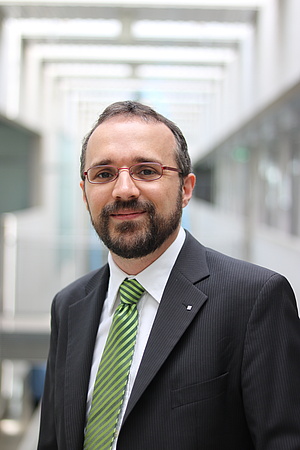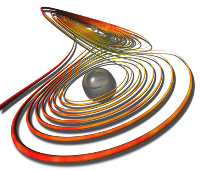Research Profile Torsten Ullrich

Torsten Ullrich studied mathematics at the University Karlsruhe (TH) and received his Ph.D. on "Reconstructive Geometry" in computer science from Graz University of Technology, Austria in 2011. His main research areas are computer graphics in combination with numerical, statistical, and geometric optimization. He is the project coordinator for various research projects. Currently, he is the Deputy Head of the Fraunhofer Austria Center for Data Driven Design, where he is responsible for scientific research coordination.
For further details see my Curriculum Vitae.
Contact
